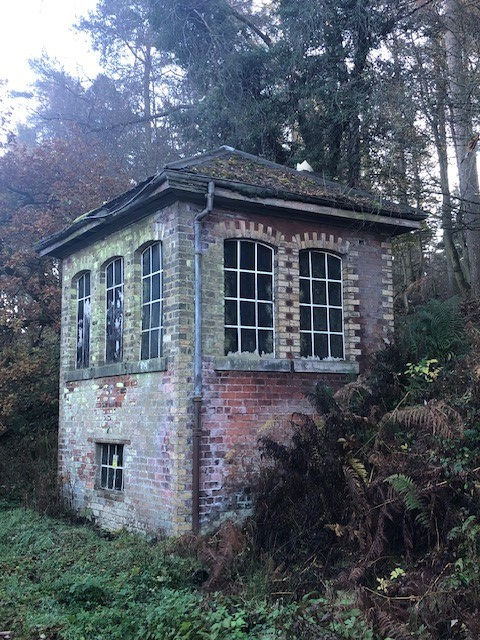- Walking With Brian
- Nov 30, 2023
- 3 min read
Updated: Dec 6, 2023
My wife Nicole started birdwatching a few years ago and has rapidly ascended to an advanced level. I have made more relaxed inroads to the world of our feathered friends. In the beginning, it was all about the photography aspect for me. Gradually, I began to accumulate knowledge and enjoy observing the birds going about their business. I could now be classed as a part-time enthusiast. The hobby often involves an interesting walk and the chance to learn new historical facts about the surrounding area. What's not to like?

One of Nicole's birding buddies is a member of the Scottish Ornithologists Club Clyde branch and they had an outing to Musselburgh Lagoons planned. Craig assured us we could come along as the trips are open to all and we found ourselves heading across the Firth of Forth on a Saturday morning. The SOC was established in 1936 and exists to promote the study, enjoyment and conservation of wild birds and their habitats across the country. The headquarters are at Waterston House, Aberlady and we had previously visited this resource centre on a couple of occasions. Regular public exhibitions are held and there is also a library and shop on site. A small core of paid staff deal with the club administration but the vast majority of tasks are carried out by volunteers. There is also a social side and an extensive programme of talks, workshops and field trips is offered across the 15 regional branches. The current membership stands at over 3500 and today would be our first ever interaction with a bird club event. We met up with Craig in the lagoons car park and around 40 people were present. Organiser David Palmar outlined the plan for the day and branch chairman Zul Bhatia (originally from Tanzania) welcomed everyone. We made our way round to the sea wall, overlooking the choppy estuary and scopes were hastily assembled on the elevated path. It was immediately apparent that a wide spread of birding experience existed within the group. I had assumed I would be dwarfed knowledge-wise by SOC members but quite a few were at a lower-intermediate level, like me. David Palmar certainly knew his seabirds, but stressed there is no such thing as a silly question and that everyone starts out as a beginner. The overwhelming mood was a welcoming one. For some people, the attraction will be meeting like-minded people in pleasant surroundings, rather than acquiring the ability to instantly identify a red-throated diver half a mile away. Great crested grebes aren't an uncommon sight around these parts and a few were bobbing on the waves. They perform elaborate courtship displays during the breeding season and young chicks can often be seen riding on their parents' backs. Of greater interest was the presence of long-tailed ducks. They often spend the winter here and live on mussels, crabs and small fish. As with many ducks, the male has the more spectacular plumage. The plainer female is pictured above, along with a grebe. Further out in the sea, group members spotted exotic Slavonian grebes and velvet scoters.

Our party then moved round to the lagoons where extensive landscaping has taken place in recent years. Five new hides have been constructed. Land reclamation has been happening in the general area (known as Levenhall Links) for decades, using waste ash from the now-demolished Cockenzie power station. The new wetland is encircled by a tarmac path and the fencing has been designed to keep loose dogs out. A moat adds an extra layer of security in this respect. The hides are basic roofless brick affairs and hopefully more or less vandal proof, a necessary concern when a reserve borders an urban settlement. There are islands, pebbled beaches, a wall for sand martins and pools of varying depths. This whole mosaic should provide a wealth of nesting and roosting opportunities for a wide variety of birds. Oystercatchers, curlews and godwits were well represented today. We trooped back to the car-park for a packed lunch by the boating pond and the final activity was a short wander along to another patch of wetland. Here we observed snipe and it was a nice end to an interesting day. A pleasant group of people.













